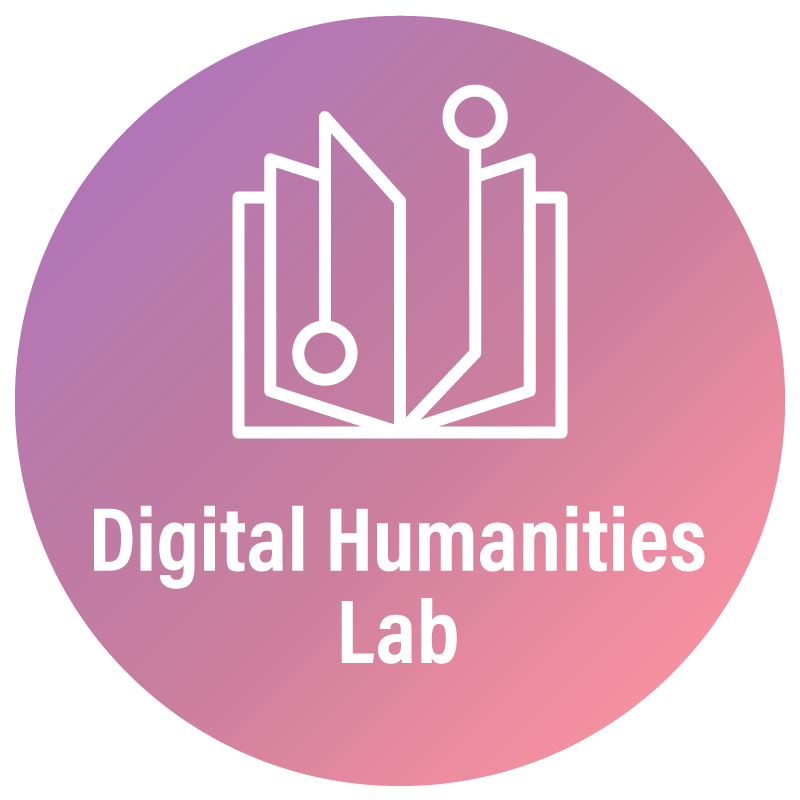This project is dedicated to building a formal ontology for digital entities. Formal ontologies are representational artefacts that describe entities in a given domain and their relations in a way that supports computation over the corresponding information. In recent years, issues of semantic integration of data and information in heterogeneous domains have been addressed in various fields, and much of the most successful work along these lines involves the development and implementation of formal ontologies.
While ontologies are playing a major role in the development of digitalization, an ontology of the digital domain is yet to be provided. The phrase “digital domain” here is meant to encompass all of the diverse phenomena and, in particular, all of the entities that digitalization has brought and keeps bringing about – which we shall call “digital entities”. Digital entities include computers, smartphones, autonomous vehicles, smart locks and other devices making up the “internet of things”, softwares, websites, avatars, social media profiles, electronic data and money, virtual universities, smart cities, etc.
Building an ontology of digital entities raises various issues. For example, within the class of immaterial digital entities, a distinction tells apart the entities that are virtual – such as virtual documents, persons, shops, fights, museums, etc. – from those that are not. However, understanding exactly what “virtual” stands for here is quite tricky. It has been questioned whether “virtual” means or entails “unreal” or “illusory”. At least some virtual entities appear to be real, e.g. social institutions. A virtual table may not be a real table. But a virtual shop or a virtual university appear to be genuine shops and universities.
Tackling this and similar issues is a crucial step in building a formal ontology. By addressing them, the present project makes a crucial contribution to the development of a successful ontology of digital entities.






